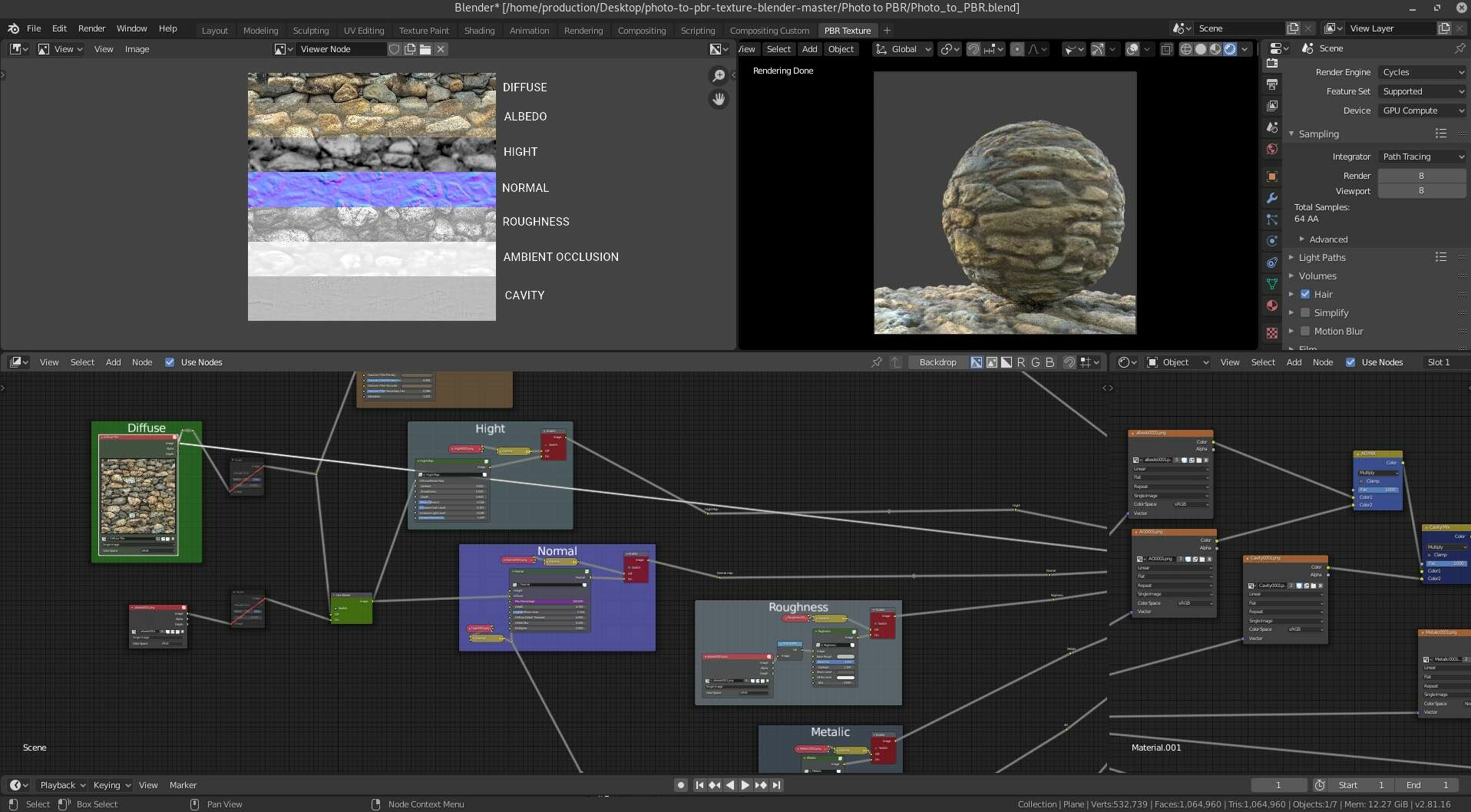

Whenever we unwrap the model, we need to change the mode to object the complete objects unwrapped. To do this, we shall go to the model window. Step 6: We shall unwrap the model using UV smart project option. New material creates as “Material1” rename it by using mouse selection completely and type texture name wanted. Use the material options on the right side of the application as shown in the below image and create a new file by clicking the + button on the material type. Step 5: Other than default texture Lambert (File), we can create our own texture file with basic background color as a background. We can make a few more edits using a Node-based editor we shall see them in further conversations below. Whenever the color is painted, it will be in the sink in both the places. This creates a basic texture sink between both models and UV texture maps.

Step 4: Enable the Use Nodes option available from the node-based editing tool at the left bottom corner. For the best experience of making things awesome and visual realistic to view and experience. The speediness also represents the System configuration so use a good performing system. To perform the dynamics faster so then the color applied in UV will be reflected on the model, and if we apply color on the model, it quickly reflects on the UV texture map.

Step 3: Change the render engine, which is default as Blender render to Cycles render. The 1 st one remains in model mode, the 2 nd one as UV mode and the 3 rd one with Node editor mode, as shown below. So now, in total, we shall have 3 prospective of the model to view at the same time.
#BLENDER TUTORIAL TEXTURES WINDOWS#
Step 2: Create 2 new screen windows by dragging the corners of the work screen.


 0 kommentar(er)
0 kommentar(er)
